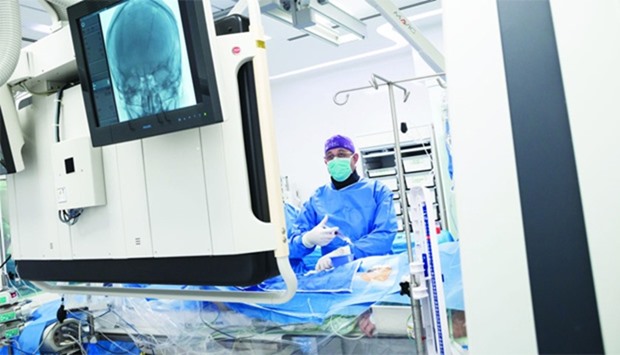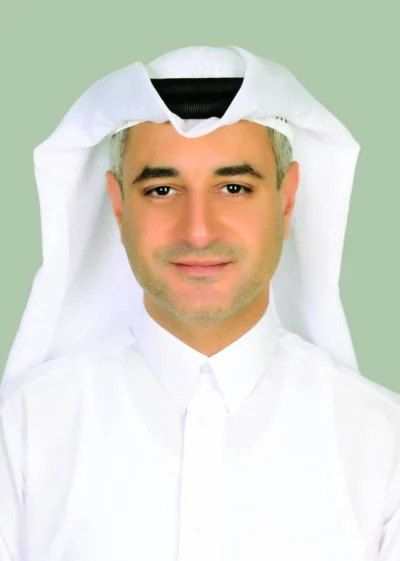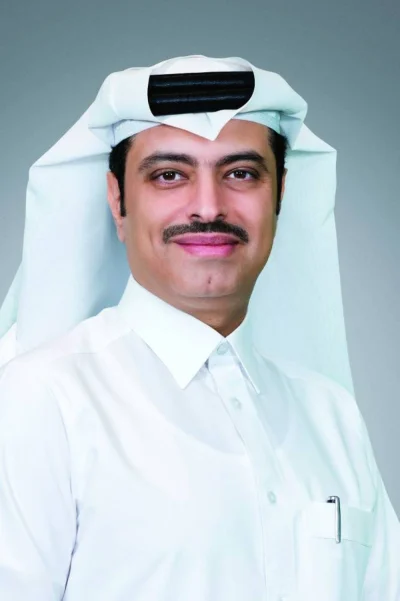Patients with acute stroke, tumours, vascular malformations and brain aneurysms, as well as children with developmental disorders in their blood vessels, are among those to benefit from the cutting-edge technology in the new facility.
‘This new suite, opened in April this year, has already proved extremely valuable in treating acute stroke patients. The advanced imaging available to the neuro-interventional team working on Mohamed gave them the very best view of the arteries and vessels and allowed them to see the precise location and makeup of the clot while they performed the procedure,’ stated Dr. Yassir Osman, consultant neurologist, HGH.
The benefits of the Neuroangiography Suite for improving care for patients were evident in the recent case of Mohamed Wala, a 35-year-old married father of two, who woke up one morning in mid-October and immediately realised something was wrong – he had lost feeling down the right side of his body and was unable to stand up or talk properly.
‘It was obvious to me that something was not right,’ explained Mohamed. ‘I had gone to bed as normal but woken up unable to use one side of my body. I tried to remain calm and hoped that it was just numbness that would soon go away. But after ten minutes the situation had not improved, so I called my friend and managed to explain to him what had happened,’ he said.
Mohamed’s friend arrived within half an hour and found him in great difficulty – now unable to hold a normal conversation. He immediately called 999 for an ambulance. ‘Although I don’t remember much about it, the person on the 999 call remained on the line with my friend until the ambulance crew arrived - talking him through the situation and explaining that it was likely to be a stroke,’ said Mohamed.
Mohamed was rushed to HGH where he was quickly diagnosed with an acute stroke and given a thrombolytic medicine to open the blocked vessel in his brain. This helps restore the blood flow and reduces any damage.
‘Upon further investigations using CT imaging, we found a blocked blood vessel in the posterior part of Mohamed’s brain,’ explained Dr. Osman, adding: ‘He was then taken to the Neuroangiography Suite where he underwent an emergency clot removal procedure performed by a neuro-interventionist.’
After the successful procedure, Mohamed was transferred to HGH’s Stroke Ward, where he was cared for by the multi-disciplinary team. Remarkably, Mohamed made a swift recovery and was able to return home after just four days.



